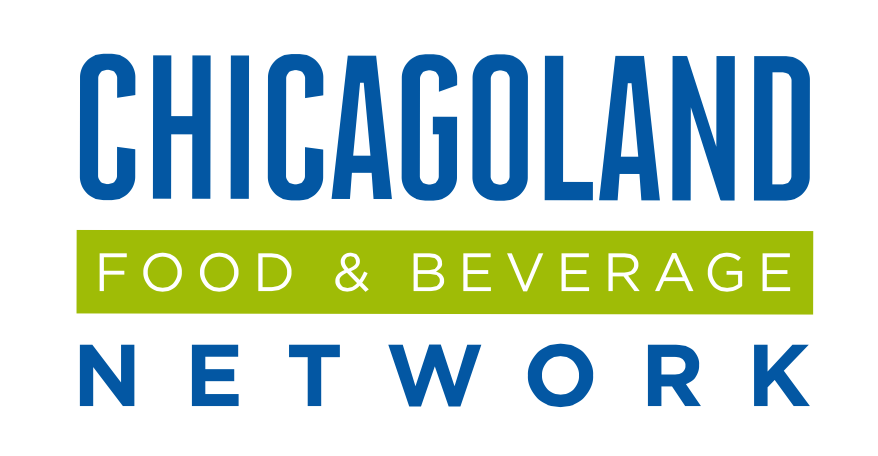- Home
- Member News Blog
- A World of Choices (Article Provided by Curion)
Quick Links
Quick Links | Resources |
Chicagoland Food & Beverage Network
1210 W Lake St, Chicago, IL 60607
(312) 525-9653
info@chicagolandfood.org
©Chicagoland Food & Beverage Network. |
Powered by Wild Apricot Membership Software
